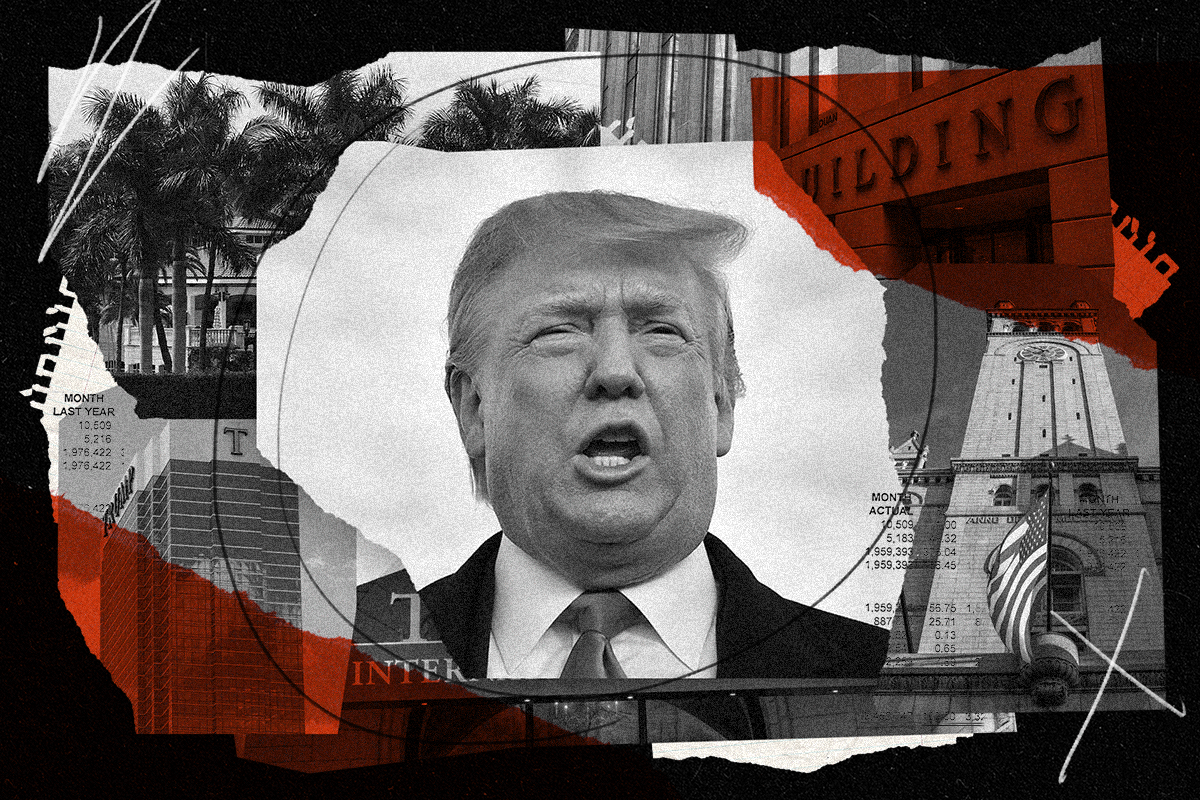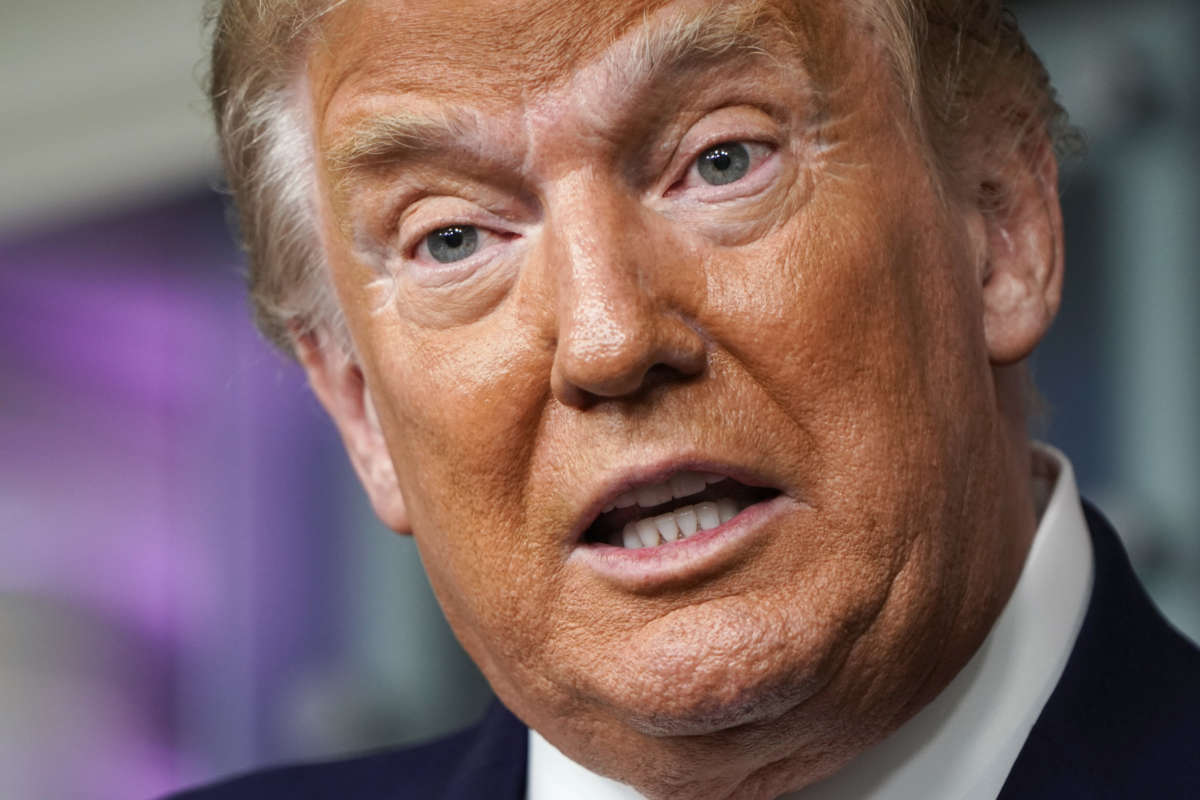EXPLAINER
Why Are Armenia and Azerbaijan Heading to War?
The Soviet collapse caused a brutal conflict that’s remained unresolved for three decades.
Fighting has intensified along the effective Armenian-Azerbaijani border around the disputed territory of Nagorno-Karabakh, with dozens of people dead and disputed claims about the destruction of helicopters and tanks. Both countries have called up their reserves and declared martial law at home, as well as a state of war in some regions. Fighting between the two is normal, with hundreds of incidents over the last few years, but this round of violence threatens to spill over into a full-blown war, as it did in the 1990s.
Wait, there was a war?
It’s the great forgotten conflict of the Soviet breakup, a war from 1992 to 1994 that both nations still obsess over and that was barely noticed by the public in the West despite at least 20,000 people dead and a million displaced through ethnic cleansing—about 70 percent of them Azerbaijanis fleeing Armenian-held territory, and the rest Armenians fleeing Azerbaijani-held territory.
The heart of the war is Nagorno-Karabakh, a beautiful highland region—its name literally means “mountainous black garden”—that plays a powerful role in the romantic imagination of both countries. As part of the Soviet takeover of the Transcaucasus in 1919-1920, it was allocated to the Azerbaijan Soviet Socialist Republic, despite having a largely Armenian population. That wasn’t a huge problem as long as both Armenia and Azerbaijan were part of the Soviet empire; many Armenians lived in their neighboring republic and vice versa. The religious differences between predominantly Christian Orthodox Armenia and predominantly Sunni Muslim Azerbaijan also mattered less in an officially atheist state. But when ethnic and religious protests became more acceptable in the 1980s, the Armenian residents began to vigorously complain about their status, and about an alleged campaign of Azerification by the authorities in Baku.
That exploded into violence in 1989-1990, both in Nagorno-Karabakh and in the Azerbaijani cities of Baku and Sumqayit, where pogroms directed against Armenians resulted in the Soviet military enforcing martial law to try to halt the violence, to little avail. By 1991, as the Soviet Union collapsed, war between the two newly emerged nations over the disputed territory—which unilaterally declared its own independence from Azerbaijan—was inevitable, especially as leaders saw jingoism as an easy path to consolidate their own power.
The war itself was both tragic and sometimes farcical. The disintegration of the Soviet army created huge numbers of Russian mercenaries, who fought on both sides, sometimes switching overnight. Criminals thrived amid the chaos; the only day that flights took off again between Baku and Yerevan was when an Armenian mobster died in 1993, since his Azerbaijani colleagues wished to pay their respects at his funeral. And after an initial retreat, Armenia took the upper hand, eventually resulting in a Moscow-brokered 1994 cease-fire that left Armenia in control of most of Nagorno-Karabakh.
Did Azerbaijan take the loss well?
Not at all. Losing the war caused deep trauma in Azerbaijan, not only because of the territorial loss and the suffering of Azerbaijanis expelled by Armenian troops but also because of the relative size and strength of the two countries—Azerbaijan has three times the population of Armenia. That led to a huge variety of conspiracy theories around the loss, including the widespread belief that the United States had secretly backed the Armenian side. In reality, the Armenian forces had simply been better led, less corrupt, and more committed—Armenian volunteers fought far more enthusiastically than demoralized Azerbaijani conscripts. Russia had also increasingly favored Armenia, sending shipments of weapons and providing military training.
The depth of bitterness can be judged from an infamous murder case. In 2004, both Armenia and Azerbaijan sent military officers to an English-language course in Budapest, Hungary, run by NATO for non-NATO members. In the middle of the night, the Azerbaijani officer, Ramil Safarov, murdered one of the Armenian officers in his sleep with an ax and then tried to kill the other. Safarov had not served in the Nagorno-Karabakh war but was from a town now occupied by Armenia.
By itself, that might be an individual act of madness. But after Azerbaijan managed to get Safarov transferred from Hungary to Azerbaijan eight years into his life sentence for murder, the president immediately pardoned him, promoted him to major, gave him an apartment, and awarded him back pay. The head of the foreign ministry described him as having been “thrown in jail after he defended his country’s honor and dignity of the people.”
Why has nothing been resolved?
In order to keep a stronger position in negotiations and avoid allegations of aggression, Armenia has maintained Nagorno-Karabakh as a nominally independent republic rather than incorporating it into its own territory. Barely anyone recognizes the puppet state, officially called the Republic of Artsakh. Both the United States and Russia have played a significant role in the long-running but largely futile attempts at finding a permanent resolution to the issue. On the U.S. side, Armenian Americans are a moderately influential lobbying group, but Azerbaijan has invested heavily in ties with U.S. oil companies.
In theory, the two sides agreed the Madrid Principles in the mid-2000s: Armenia gives up the periphery of territory it occupies around Nagorno-Karabakh itself, displaced peoples return to their homes, both countries and outside powers guarantee the rights of the residents of the disputed region, and eventually the status of the territory is resolved. But Armenia has no desire to give up its de facto control, and Azerbaijan has no incentive to relinquish its claim—especially as nationalism plays a critical role in keeping leaders in power in both countries, where both publics heavily oppose compromise. It’s not the only frozen conflict in the region, where the Soviet collapse has left behind many disputed territories.
What caused things to get worse this year?
Well, it’s 2020 and everything is awful, but there were some more specific causes. 2019 saw a lot of fierce rhetoric from both sides about the immutability of their claims, the greatness of the nation, and so forth. This summer, after bloody skirmishes along the border—which both sides blame the other for starting—politicians started wrapping themselves in the flag even more than usual, especially amid the stress and economic failure caused by the coronavirus pandemic.
Will a new war change things?
The conflict is only a day old, but it’s hard to see a triumphant Azerbaijani reclamation of Nagorno-Karabakh ahead. The initial exchanges cost lives on both sides, but also—if Armenian battle footage is to be believed—saw the destruction of far more materiel on the Azerbaijani side than the Armenian. Armenia holds the heights, making Azerbaijani advances into the difficult mountain territory extremely hard. Independent assessments still rank Azerbaijan’s military readiness poorly; the army is unhappy, corrupt, and inefficient, with the desertion rate running at close to 20 percent. Profits from oil brought massive investment in new equipment between 2008 and 2014, but the crash in prices has left the country struggling financially amid political tumult and brutal repression, and the army lacks the training and doctrine to make efficient use of the weaponry it has bought.
An unexpected Azerbaijani surge could also prompt much more direct intervention by Moscow, most likely to enforce a rapid cease-fire. Both Russia and Iran have offered to negotiate an end to this newest round of hostilities. There’s also the worrying possibility of the conflict spreading—Turkey, for instance, has come heavily out in favor of Baku, thanks to strong ties between Azerbaijanis and Turks and Ankara’s long-standing antagonism toward the Armenians, who keep bringing up the matter of the still-denied Turkish genocide of Armenians in 1915. The religious aspects of the original conflict remained understated compared to nationalist fervor, and Nagorno-Karabakh never became a jihadi cause in the way that, say, Chechnya did. (Some 2,000 former mujahideen fought for Azerbaijan, but for almost entirely mercenary reasons.) That could change this time round.
But the most likely prospect may be a painful, relatively small war followed by another unresolved peace. According to the casualty lists so far, most of those killed hadn’t even been born when the conflict first started.

















